-
 © Tony Baker/Classic & Sports Car
© Tony Baker/Classic & Sports Car -
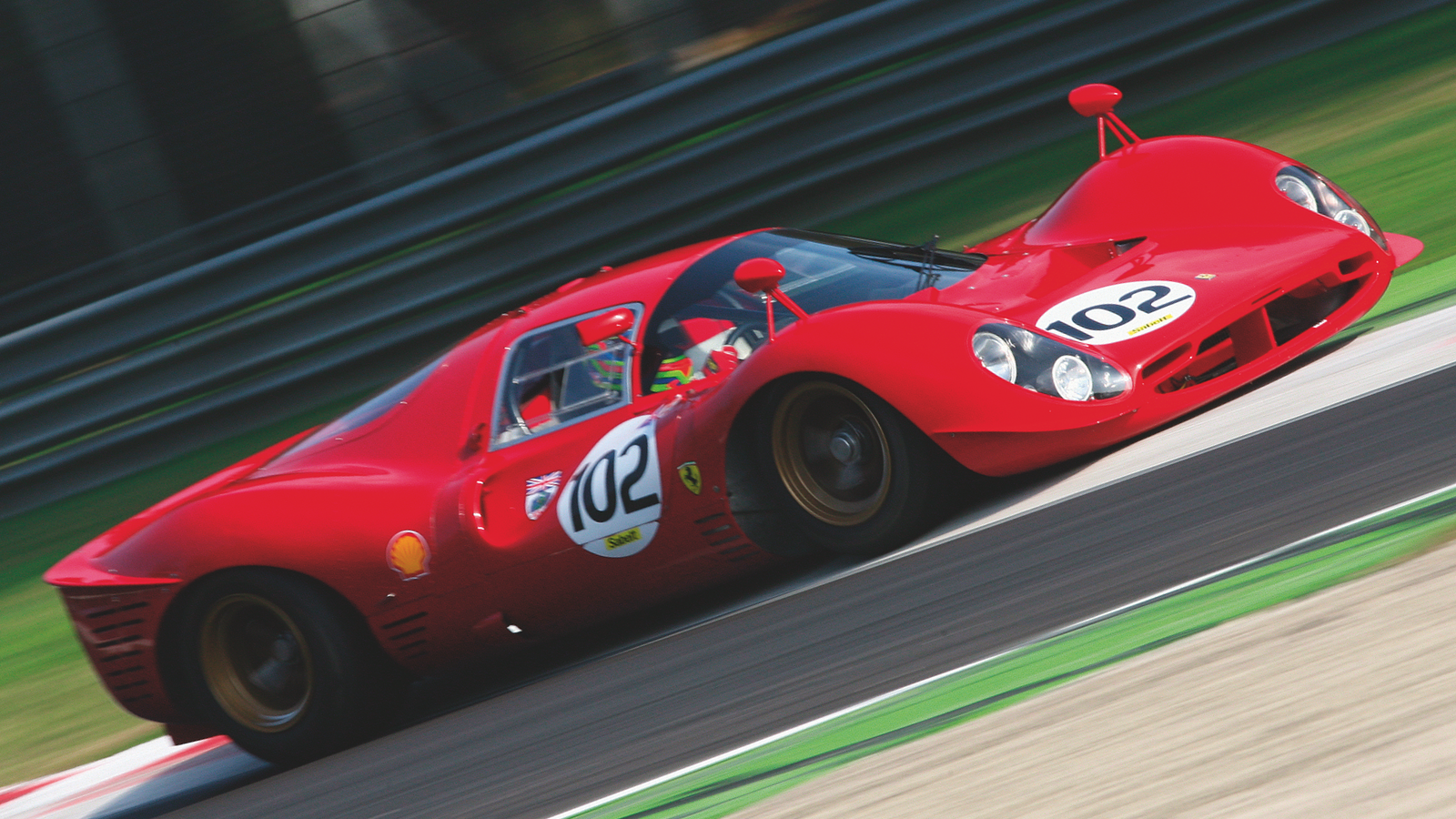 © Mathieu Heurtault/Classic & Sports Car
© Mathieu Heurtault/Classic & Sports Car -
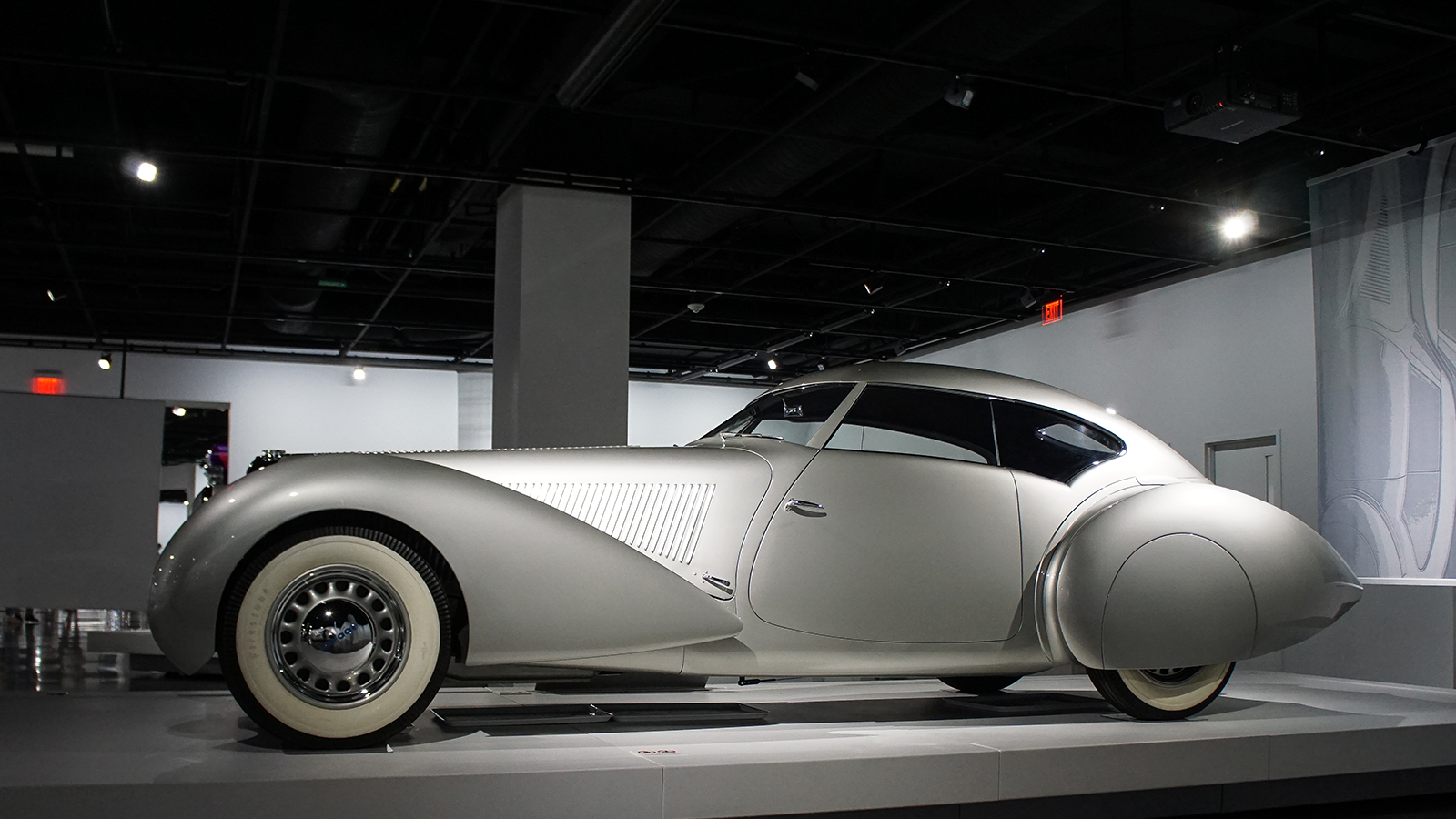 © Steve Ginn/Classic & Sports Car
© Steve Ginn/Classic & Sports Car -
 © Julian Mackie/Classic & Sports Car
© Julian Mackie/Classic & Sports Car -
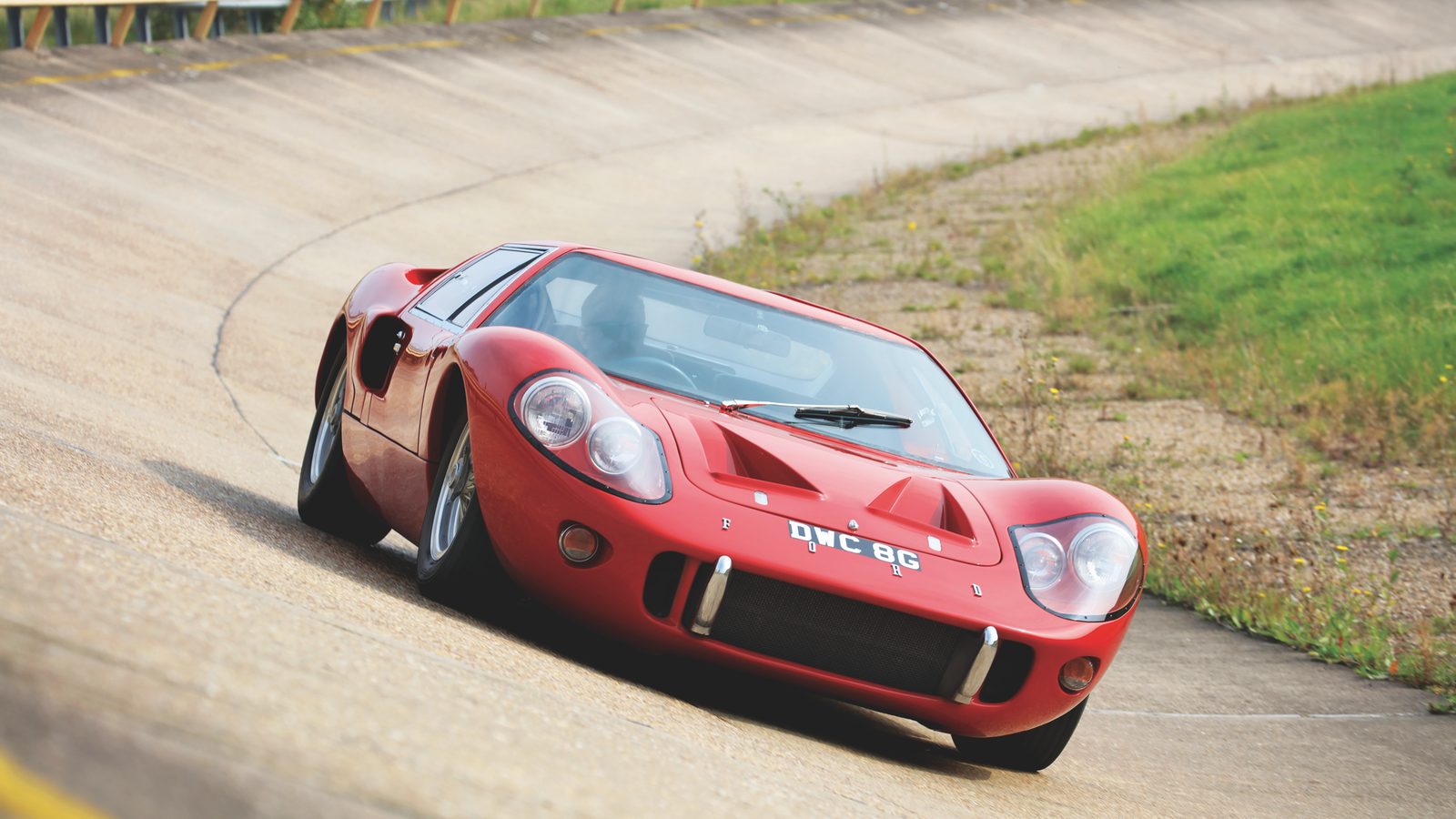 © James Mann/Classic & Sports Car
© James Mann/Classic & Sports Car -
 © James Mann/Classic & Sports Car
© James Mann/Classic & Sports Car -
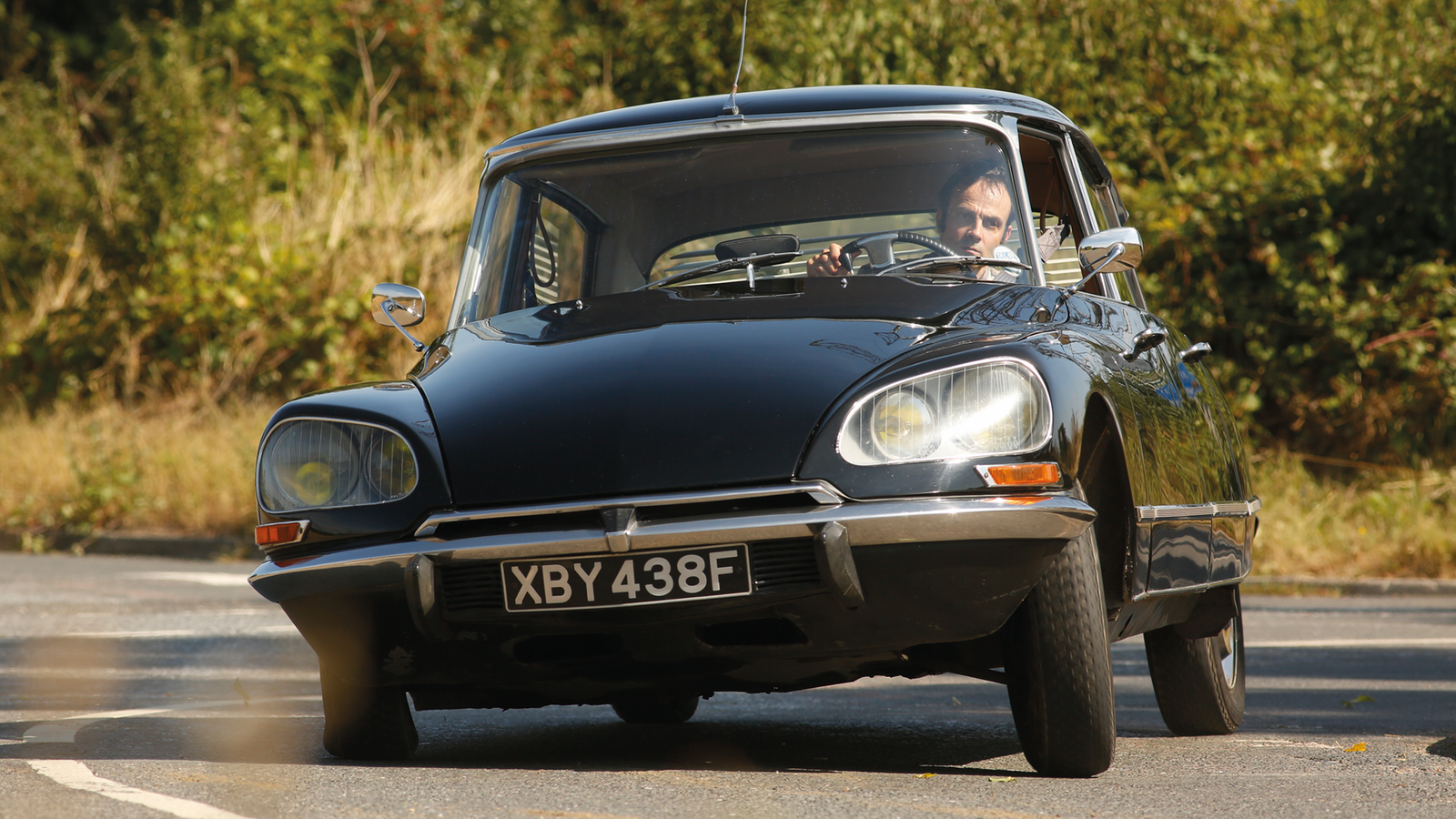 © Tony Baker/James Mann/Simon Clay/Malcolm Griffiths/Classic & Sports Car
© Tony Baker/James Mann/Simon Clay/Malcolm Griffiths/Classic & Sports Car -
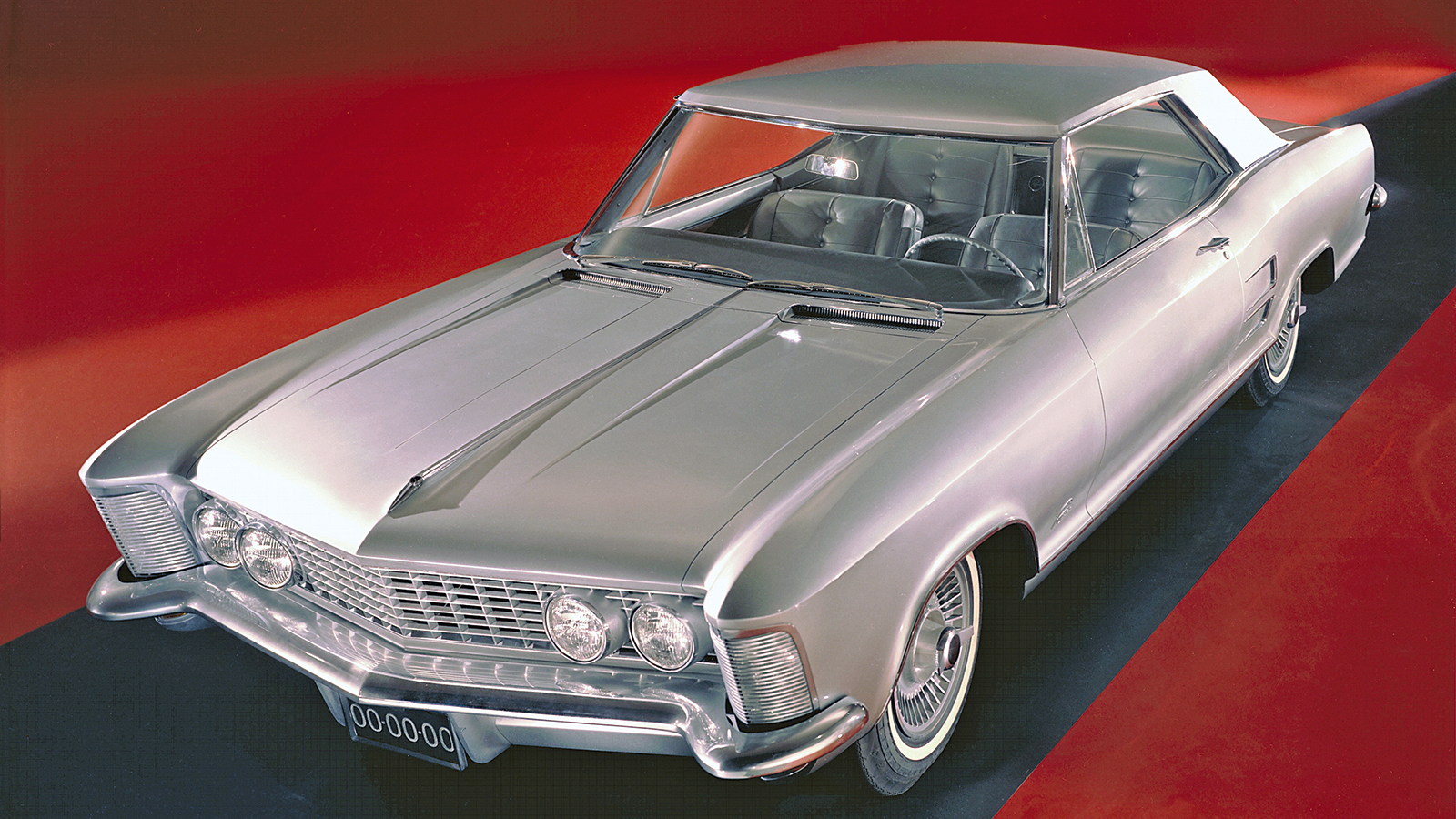 © Classic & Sports Car
© Classic & Sports Car -
 © Tony Baker/Classic & Sports Car
© Tony Baker/Classic & Sports Car -
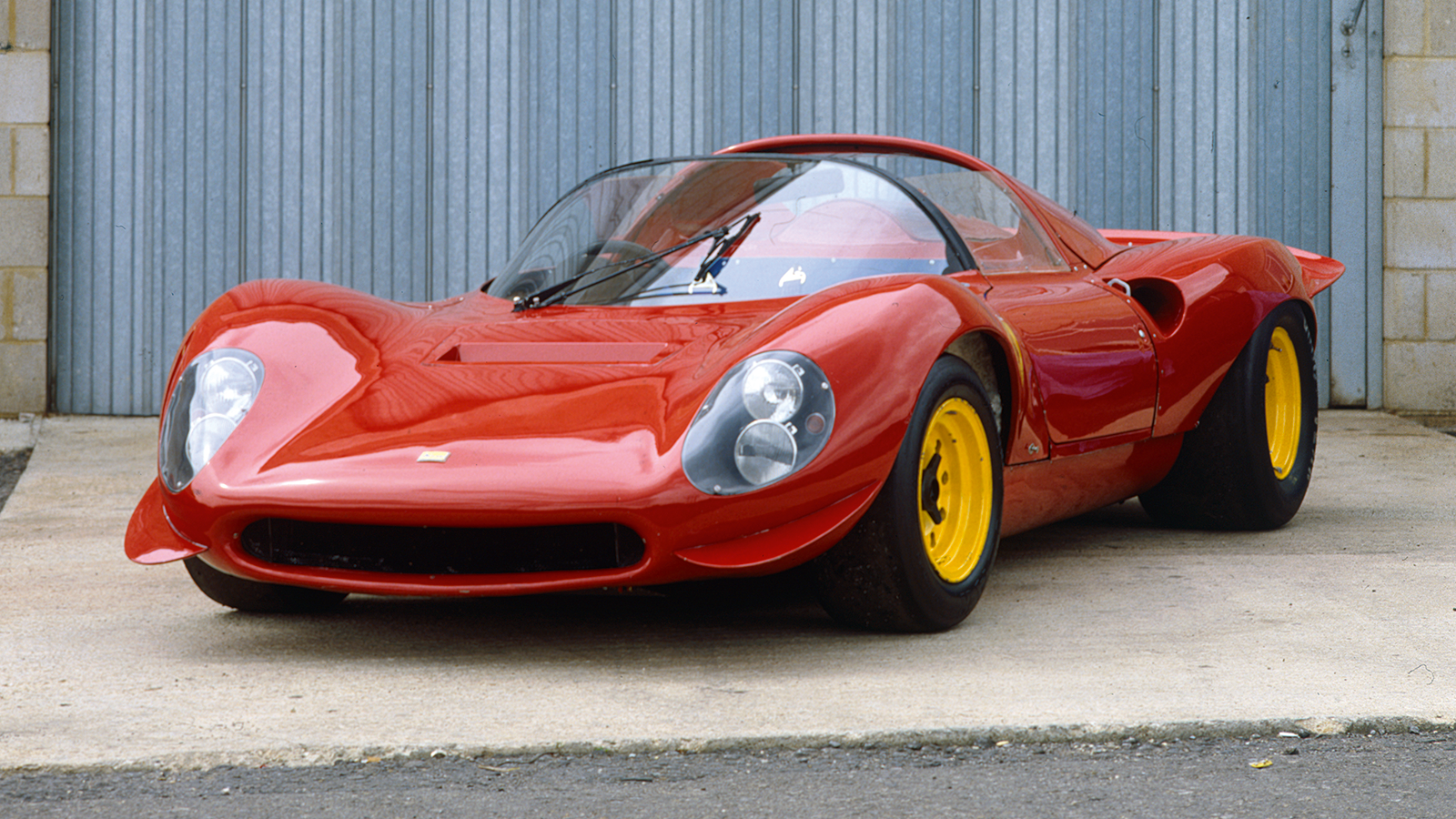 © Classic & Sports Car
© Classic & Sports Car -
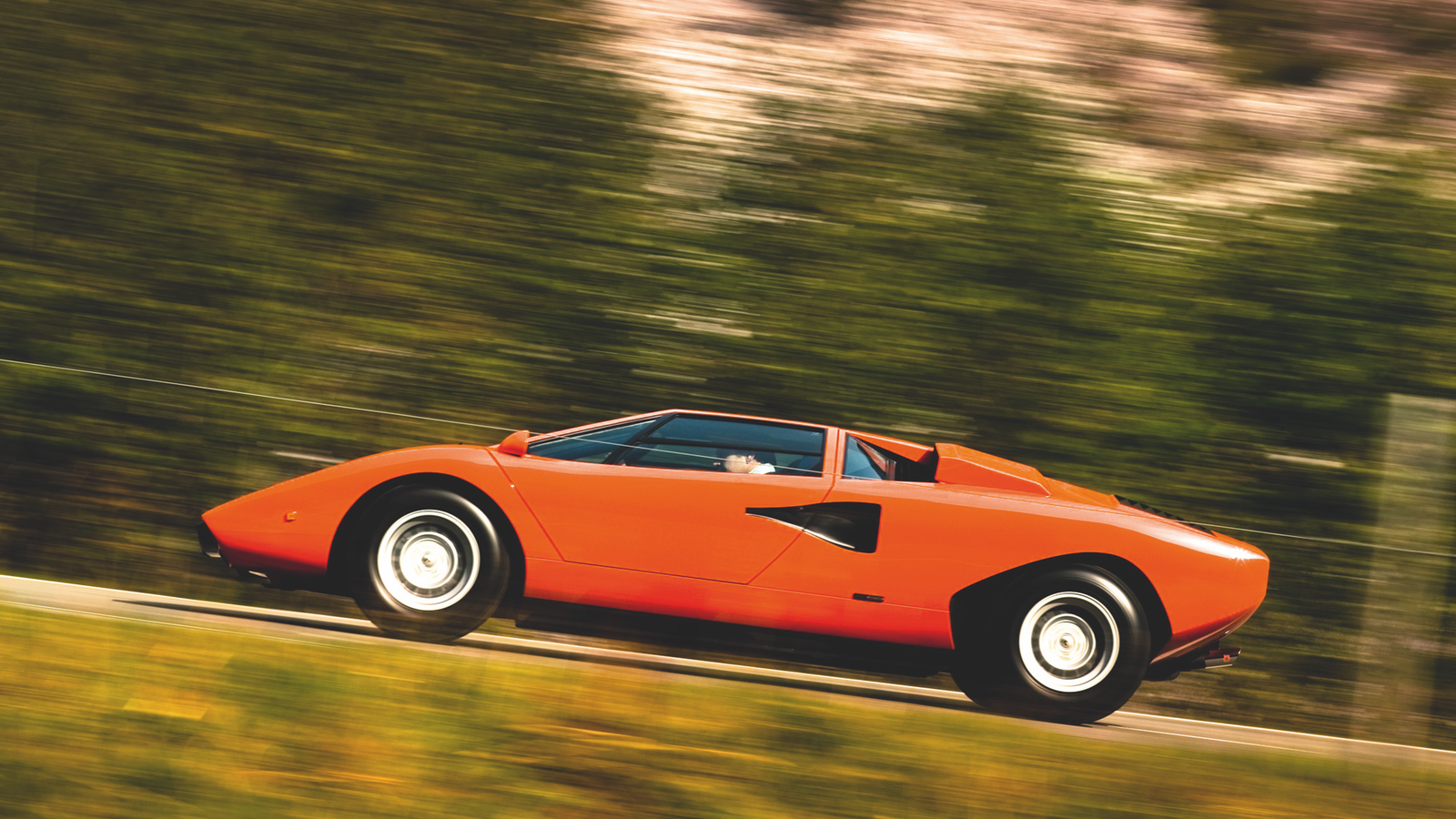 © Malcolm Griffiths/Classic & Sports Car
© Malcolm Griffiths/Classic & Sports Car -
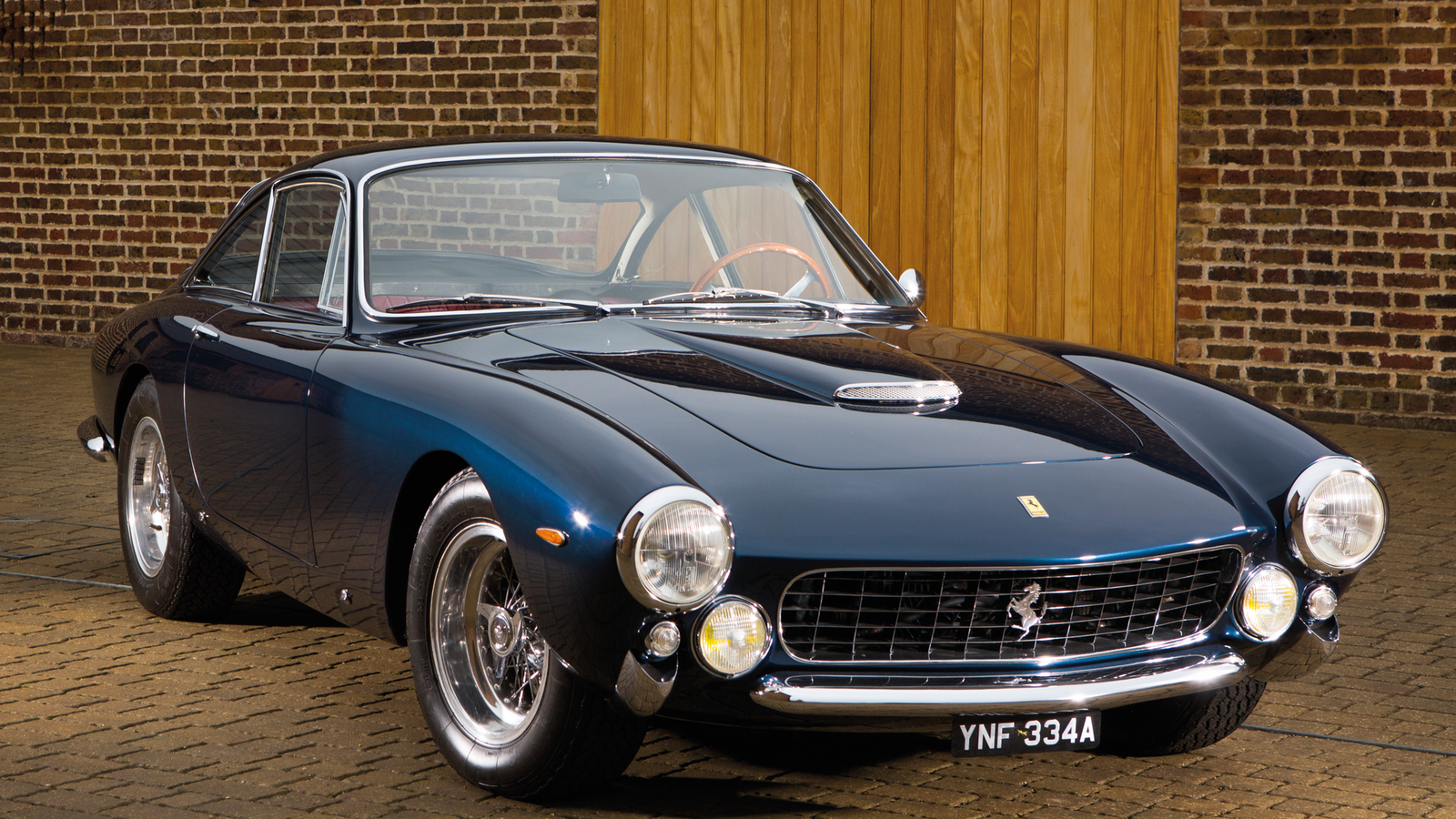 © Tony Baker/Classic & Sports Car
© Tony Baker/Classic & Sports Car -
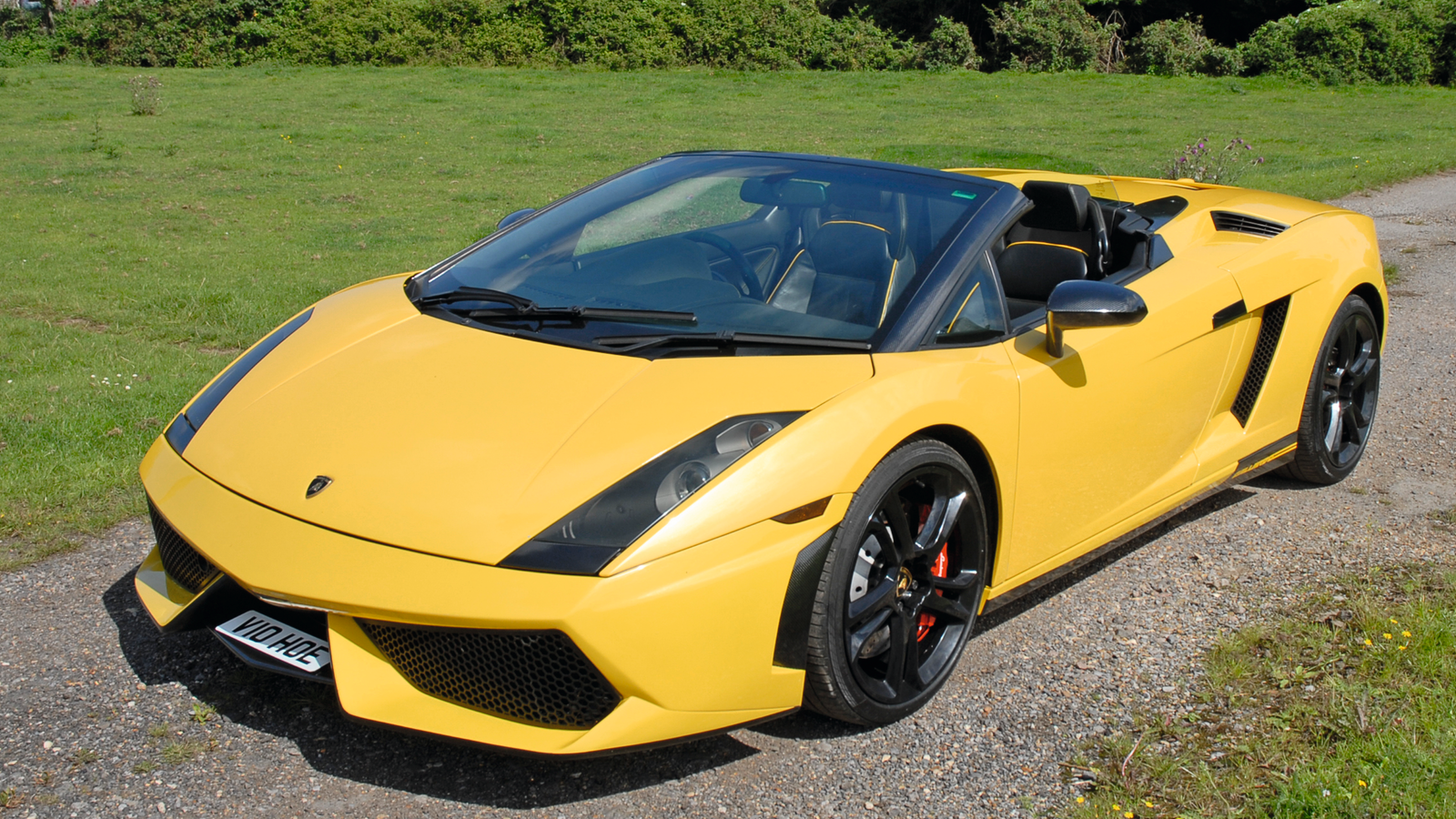 © Paul Hardiman/Classic & Sports Car
© Paul Hardiman/Classic & Sports Car -
 © Classic & Sports Car
© Classic & Sports Car -
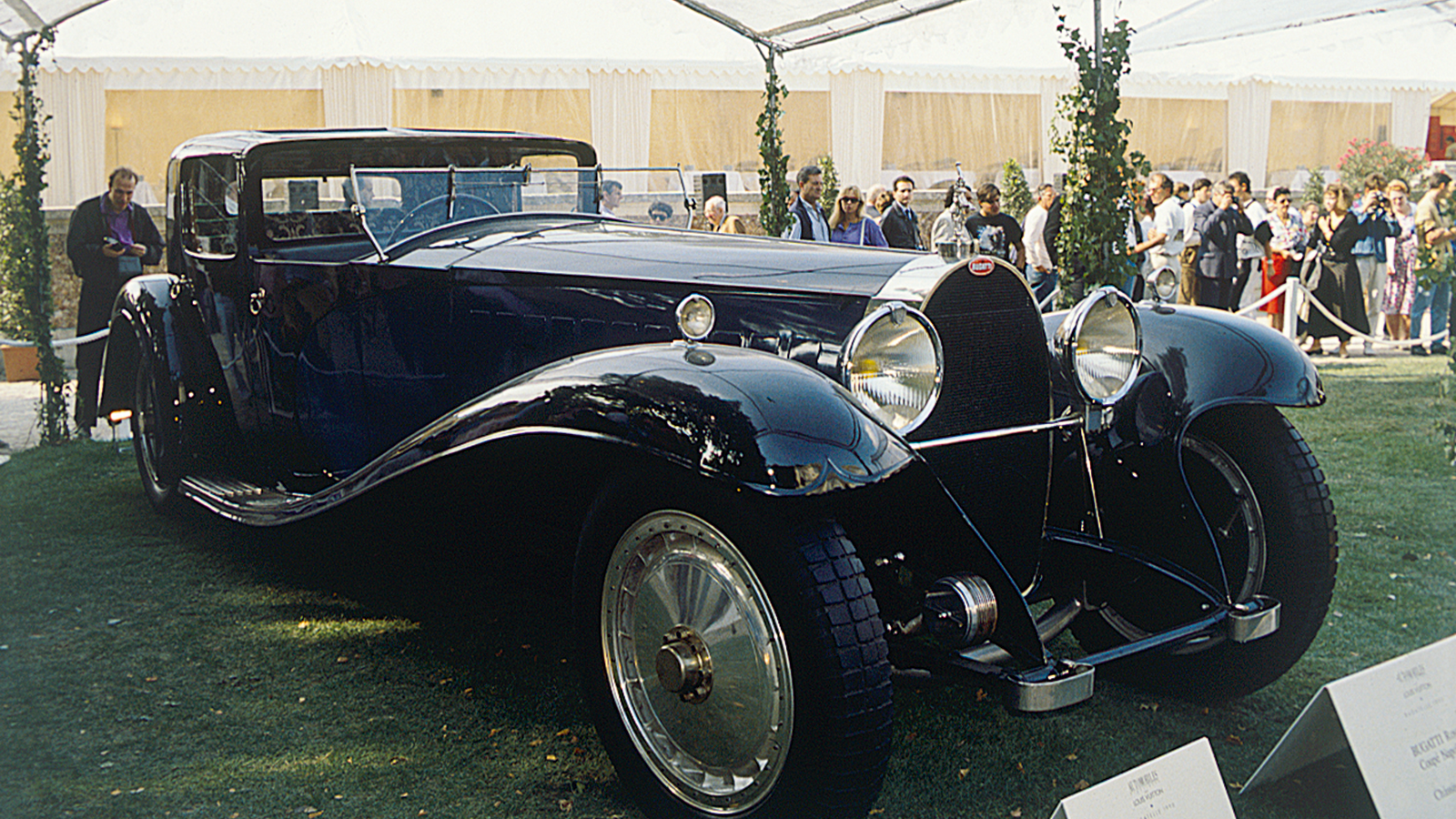 © Classic & Sports Car
© Classic & Sports Car -
 © Classic & Sports Car
© Classic & Sports Car -
 © Classic & Sports Car
© Classic & Sports Car -
 © Classic & Sports Car
© Classic & Sports Car -
 © Tony Baker/Classic & Sports Car
© Tony Baker/Classic & Sports Car
-
Automotive sketchers choose their all-time favourites
Conduct a poll to find the most beautiful cars ever and you’ll likely find the usual suspects cropping up: Jaguar E-type, Ferrari 250GT, Aston Martin DB4. And rightly so – they’re all gorgeous.
But what do the people who actually design cars think? To find out, we asked 20 of the most creative minds in automotive history to pick and share their three favourite designs of all time.
And, given that these are the people who designed the cars on everyone else’s ‘most beautiful’ lists, they probably know what they're talking about, hence why we are bolding calling this slideshow, ‘the most beautiful cars ever’ – but we’re sure you’ll disagree!
-
Ferrari 330 P3/4
Leonardo Fioravanti worked his way up the ranks at Pininfarina between 1964 and 1984, where he was responsible for the Ferrari Berlinetta Boxer, Dino and 308GTB, Lancia’s Gamma and many others.
Of all the cars he’d seen and experienced, Fioravanti plumped for the fabled Ferrari 330 P3/4 as one of his top three: “This is absolutely the best race monster: beautiful, voluptuous and mysterious.”
His other two picks? The Citroën DS and Audi’s classic A6 saloon, which he called “a beautiful example of excessive, caricatured and not very functional car styling”.
-
Delage D8-120 S Aerosport
Peter Stevens has turned a pencil to many things in his time – from reworking the Subaru Impreza in 2003 to sketching out the MkII/III Capri for Ford back in the ’70s – but he’s best remembered for styling the revered and magnificent McLaren F1.
For Stevens, one of the most beautiful of the bunch was a ’30s icon, the Delage D8-120S Aerosport: “This was the winner of the 2005 Louis Vuitton and Pebble Beach events. Every surface is totally under control, the proportions are superb and the detailing is perfect.”
He also shared praise for the Citroën ID19 – “probably the purest example of Bertoni’s inspired masterpiece” – and a custom Cadillac designed for ZZ Top guitarist Billy Gibbons, known as ‘Cadzilla’. Why not.
-
Jaguar E-type
Head of Lotus Design since 1998, Russell Carr has managed or been directly responsible for numerous Lotus machines – including the original Elise and Exige, Elise GT1, 340R, the APX concept, the stillborn M250 and the more recent Evora 2+2.
Carr couldn’t resist naming the ubiquitous Jaguar E-type as one of his three: “An obvious choice, but despite the fact that its track is too narrow and the ’screen too upright, the car is stunning.”
Ever the Lotus man, he also called out the Elan +2 as “an unconventional choice” but a beautiful one, as well as the Lamborghini Miura: “Still the most elegant mid-engined car.”
-
Ford GT40
Another Lotus Man, Belgian-born Steve Crijns co-designed the 340R with Carr – but truly secured himself a place in history with the hugely successful external design of the Elise, Exige S2 and Evora.
For Crijns, the Ford GT40 was a clear choice: “It’s so sexy and has so much presence without really being aggressive. It’s the combination of soft forms with crisp, delicate lines – a form language that was popular at the time. It has been my inspiration since I was a kid.”
He also named the iconic 250GTO for its “unashamed automotive styling...soft and gentle curves and crisp lines” and the 1957 Lotus Elite: “Very delicate and perfectly proportioned with a sexy-waisted look.”
-
Maserati Boomerang
Trained at Jaguar, Oliver Winterbottom worked on the XJ6, E-type V12, XJS, Mini Clubman and Leyland gas-turbine coach before moving to Lotus in 1971 to work on the likes of the Elite and Éclat, before later styling the Tasmin for TVR.
Winterbottom went left-field with his first choice, naming Giugiaro's Maserati Boomerang concept of 1971: “The wedge to end all wedges, with a straight line from the low nose to the top of the ’screen. Absolute function teamed with aggression. This car was the inspiration for the original Esprit, from the same outstanding designer.”
His other picks? The Bertone Marzal – “a fresh approach to a four-seater” – and the Maserati Khamsin, which he described as “the last of the classic long-fronted GT cars”.
-
Citroën DS
Continuing with another legend, Marcello Gandini became chief designer at Bertone in 1965, where he would be responsible for the Lamborghini Miura, Espada and Countach, plus the Lancia Stratos and many, many others.
For him, the Citroën DS was a favourite: “Not for the styling… but mainly for the concept and the audacity of the solutions used. It was a really innovative car in 1955 and it must have given more than a few technical headaches to build a car like this in a factory during the ’50s.”
Also up there for Gandini was the “beautifully designed” Cord 810/812 and the 1961 Lincoln Continental: “The ultimate status symbol… a dream car built as a real object of desire.”
-
Buick Riviera
Ian Callum became design manager for Ghia Studio Turin in 1988 before, two years later, he was appointed chief designer at TWR Design, where he created the seminal Aston Martin DB7.
Callum picked the Buick Riviera – as it was between 1963 and 1965 – as one of his favourites: “I was a great follower of GM design as a kid in the ’60s, they were world leaders. The Riviera was their best car… Perfect proportions, beautiful lines and surfaces, it was Bill Mitchell’s tour de force; they were never this pure again, with that lovely Coke-bottle shape.”
Callum was also a fan of the Ferrari 250GT SWB – “one of the nicest-balanced cars, a blend of beauty and aggression” – and the Jaguar XJ6 Series 1: “My favourite Jaguar… world-beating, magical and the car that saved the company.”
-
Cord 810/812
One of many greats who started their careers at Ford, Tom Karen went on to work in product design for the likes of Hotpoint and Busch, before returning to Ogle Design to pen the now-iconic Reliant Scimitar GTE and era-defining Bond Bug.
Not one many have heard of, Karen named a luxurious ’30s number, the Cord 810/812, as his first pick: “A fresh design approach, very well carried out. I first saw one in Austria and it rolled up with a handsome Indian diplomat and his gorgeous French wife.”
Also on his list were the Jaguar XK120 – “much better than the pumped-up E-type” – and the Bentley Continental GT.
-
Dino 206S
Formula 1 design doyen Gordon Murray cut his teeth building and racing his own sports cars, before becoming technical director of the Brabham F1 team, where he won two World Championships. He’d claim a further three with McLaren, before turning his hand to road cars – penning the McLaren F1 and Mercedes-Benz SLR McLaren.
For Murray, the Ferrari Dino 206S made the cut: “It has always been my favourite, typically ’60s and voluptuous. The 206 is perfect: the proportions, the balance – it speaks racing but it looks good on the road, too.”
Besides the Prancing Horse, he picked a pair of Lotus machines – the 1957 Elite and the Elan S3 in FHC guise, because “it speaks good design and simplicity. Sometimes I just go to the garage and look at it.”
-
Lamborghini Countach
It was Martin Smith who turned the staid GT into the memorable quattro during his two decades at Audi. In 1997 he moved to Vauxhall, where he was responsible for, among others, the sharp Speedster/VX220 sports cars.
For his first choice, Smith went full teenage boy with the Lamborghini Countach: “The original one, not the later car with all of the spoilers. It was all over the magazine front covers when I was a student and it really inspired me: it was like a spaceship, something totally new combining smooth curves with geometric forms.”
Also on his list were the 275GTB – “the pinnacle of front-engined Ferrari design” – and the Jaguar XK140.
-
Ferrari 250GT Lusso
Trained at GM where he styled the interior of the Vauxhall Chevette, John Heffernan then went to Audi to work on the quattro, 100 and 200 – before, in 1980, he set up his own studio. In 1984 he jointly penned the Panther Solo then, in 1990, created the Aston Martin Virage.
For Heffernan, it was Ferrari first, with the 250GT Lusso: “The most graceful of production Ferraris and very influential to car designers.”
Also making the cut were the BMW 328 Mille Miglia – “the first really modern sports car” – and the Bentley R-type Continental.
-
Lamborghini Gallardo
Julian Thomson joined Lotus in 1986 and, over 12 years, worked his way up to the position of design chief, leading the team that created the Elise. He’d go on to work with VW/Audi and, later, Jaguar Land Rover.
First up for Thomson was the Lamborghini Gallardo: “It is one of the most modern cars out there, but still captures a bit of Countach and a bit of Miura. I love the proportions and the interior, it doesn’t strike me as brash – it’s a tidy modern interpretation of a supercar.”
Besides the Lambo, he named the Ferrari 275GTB – “I love its shark nose and the purity of the fuselage shape” – and the Jaguar XKSS: “Ugly from some angles, but it’s purposeful and aggressive.”
-
Pegaso Z-102 Thrill
Tom Tjaarda joined Ghia in 1958, where he worked on the VW Karmann-Ghia Type 2 before doing some work for Pininfarina, including the Fiat 124 Spider, Ferrari 330GT and 365 California. He went back to head Ghia in ’68, creating the De Tomaso Pantera and Ford Fiesta, then set up his own studio in ’1984. Tom sadly passed away in 2009, the year we asked him these questions.
His picks nine years ago? First was the arresting Pegaso Z102 Thrill: “One of my favourites at school. Touring did some beautiful cars: they were more famous in the States than even Pininfarina.”
Alongside that was the Jaguar E-type and, again, the 275GTB: “A testament to Mr Pininfarina’s sense of proportion and good taste.”
-
Bugatti T41 Royale Coupé Napoleon
Paul Bracq started out as assistant to Philippe Charbonneaux. He became chief of Mercedes’ advanced design studios in ’57, leading the design of the SL, SE, 600 and 220D. A decade later he worked on the TGV with Brissonau et Lotz, before spells at BMW and Peugeot.
The Frenchman kept it in his home nation with his first choice – the Bugatti T41 Royale Coupé Napoleon: “The wings are a fantastic design and the wheels are very modern. It was a great honour to be allowed to help with the rebuild of the Royale Esders Roadster.”
Also making his selection were the Aston Martin DB9 and the Ferrari 250GT SWB: “At speed it’s beautiful, like the GTO.”
-
Phantom Corsair
After starting at Simca and spending 15 years with Ford, Patrick Le Quément shaped Renault’s stylistic direction after 1987, leaving an indelible mark on the French firm.
Le Quément picked out the Phantom Corsair as one of his favourites: “This was the inspiration for the 1982 Ford Sierra. It is certainly not beautiful, but it has a presence that is quite rare, with the body covering the wheels and a nose like an aircraft; you wonder how much you could see of the road with the nose climbing before dropping down. I saw it, but never drove it.”
He was also fond of the Ferrari 250GT Lusso – “always a favourite and a major influence on me as a designer” – and the Bugatti Type 57SC Atlantic: “The epitome of the flamboyant pre-WW2 sports cars.”
-
BAT 5 by Bertone
At 29, Roy Axe became chief stylist for Rootes. A year later he became director of design for Chrysler UK, then Chrysler Europe and finally director of automotive design in Detroit – before returning to the UK in 1982 to work for Austin-Rover. Axe sadly passed away in 2010.
Asked in 2009, he recalled Bertone’s BAT 5 as one of his favourites: “I was inspired by this impractical design. It was so outrageous, yet so perfect in proportion. It manages to look totally futuristic even today.”
Besides that, Axe had a spot for the “out of this world” Jaguar XK120 in his list, as well as the Ferrari 166 Barchetta: “[It] had such wonderful proportion and flair and looks unbeatable.”
-
Hispano-Suiza H6 ‘Tulip Wood’
Self-taught, Dennis Adams joined Lister in 1957 to work with Frank Costin, with whom he also created the first Marcos cars. In 1975 he moved to Miami, where he built the first Adams Roadster – then, in 1980, he restarted the Adams Design Studio, working for Marcos, Rover, ERA, Avon Tyres, Corgi toys and others.
Throwing it back to the days of wooden shells, Adams first named the Hispano-Suiza H6 ‘Tulip wood’: “It has fascinated me all of my life. I also used to like ’50s Chevrolets. It was an admission you’d want to keep secret because they were so gross... they didn’t influence the Marcos!”
Also on his list were the Mercedes-Benz 500K and Lagonda Rapide: “I used to come home on my bicycle from Lister and pass a pre-war Rapide special. I drooled over that.”
-
Mercedes-Benz 300SL Gullwing
Few names are as legendary in design circles as that of Giorgetto Giugiaro – the man behind everything from the Alfa Sprint and Iso Grifo to the Maserati Ghibli, De Tomaso Mangusta, Lotus Esprit and VW Golf.
Named Car Designer of the Century in 1996, Giugiaro in turn named the mighty Mercedes 300SL as one of his three picks when we asked him – in Gullwing guise, of course: “A classic because of its doors, but also because of its compactness and the strength of all of its technical aspects.”
He also praised the Citroën DS (“It’s just impossible to imitate”) and the 1968 Ferrari P6, saying: “Even after 40 years, I am still fascinated by this car.”
